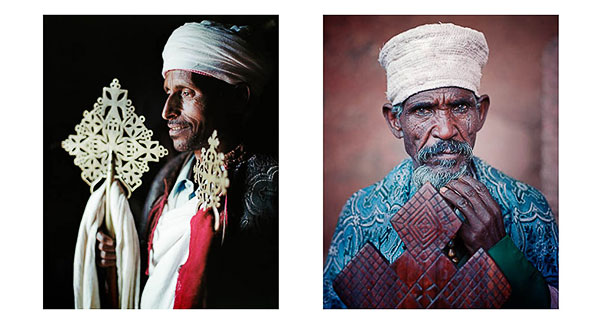A few days ago, I posted some of my thoughts on creating a style, of finding one's own voice.
Today I've been thinking that our choice of which medium we use for our art can have a dramatic impact on how effective we are in conveying our message.
I was a song writer from the age of 12 right up until I hit burn-out at the age of 33. If someone had asked during that period to define who I was, I would have said I was a musician.
But it's apparent to me in hindsight, that I was using the wrong medium for a long time.
I've discovered in the last fourteen years or so, that my creative voice is expressed better as a visual artist, or if you prefer a more defined term - as a photographer. If I could travel back in time and tell my musician-me that I was going to end up being a photographer and that my true voice would be expressed through pictures - I wouldn't have believed it. It just wouldn't have made sense to me one bit at that stage in my life.
The move to photography from music wasn't a premeditated one. I just followed my own feelings and intuition. I just found myself drawn more to the outdoors and to thinking visually. So I think if we ever do find a voice, it tends to happen because we follow our own inclinations and we don't think too much about it - we just do it.
I'm curious though, as to why I had fought off being a photographer for so long? When I look back, even when I was creating music and spending all my hours and days working on it, I had already formed a deep interest in photography. I owned many photography books and I also owned a few canon EOS cameras. I had just never consciously made the switch. Whether I needed to acknowledge it as a conscious decision is something I'm not so sure about - I just think that the creative arts require us to be fluid and open to whatever may come.
But we have to trust our own intuition. I often feel that I just follow what feels right - whether it's a decision to go and photograph a new country or location, or whether it's to choose one image over another to scan and work on in my studio. It's all just based on gut feeling.
So I think if we ever do find a voice, it's because we are listening to the changes that come from within. That's why I feel that we need to go it alone. It's also why I feel that pandering to others opinions or trends does nothing to aid us in finding out who we really are.






















